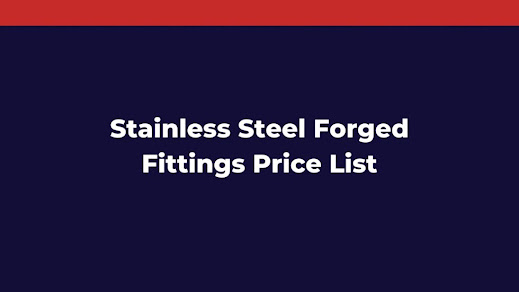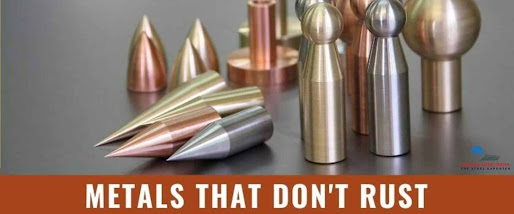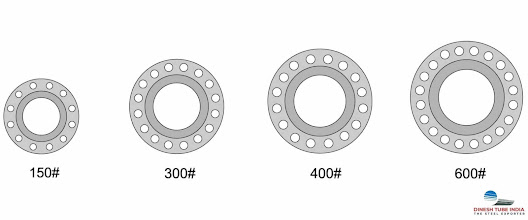Alloy Steel: Everything you need to know about alloy steels and their role in building and construction industry

Metals and non-metals are combined to produce steel, one of the world’s largest industries. Using this combination to manufacture steel, different chemical properties can be obtained for specific applications. Various properties of alloy steel vs carbon steel should be considered when selecting a material for steel CNC machining. Among the types of steel, there are alloy steels and carbon steels. In order to benefit from alloy steel vs stainless steel , we need to understand their differences so we can utilize them appropriately in our respective industries. Steel selection is a major challenge when manufacturing CNC machined components and parts. This article discusses alloy vs carbon steel differences, types, applications, alloying elements, and properties. Using this method, you will be able to choose the best steel for your project and ensure you get the best parts and products possible. What is Alloy Steel? Among the alloying elements used in American alloy steels are si






